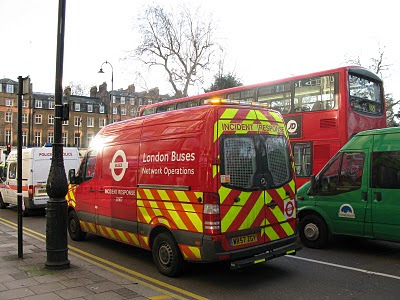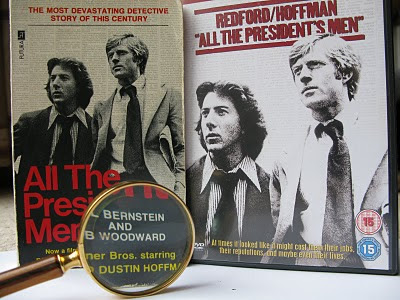Tomorrow never comes, so the saying goes. Yesterday, I blogged positively about rail projects that ought to reduce overcrowding on London’s rail and tube trains during 2010. Today, the story focuses on the pain that Londoners are told is necessary if rail and tube capacity is to increase in the future. The 2012 Olympic Games are driving a lot of these rail capacity upgrades.
‘The shovels have tasted earth,’ is how London Mayor Boris Johnson (below, left) greeted the onset of construction work on Crossrail, the east-west rail service designed to relieve tube congestion and due to open in 2017. Shoppers on Oxford Street and bus passengers passing through Tottenham Court Road have already tasted the road-level disruption caused by works that will enable Crossrail’s vast tunneling operation to begin. Many Soho businesses have been struck with compulsory purchase orders and Crossrail, wholly owned by Transport for London, has not yet settled a single compensation claim.
Crossrail BoJo, PPP Gordon and High Speed Adonis.
When all the muck is churned out of the ground beneath Selfridges and Centre Point over the next few years, be prepared for lots of blocked pavements and diverted buses and heavy lorries clogging central London’s streets. Support from David Cameron’s Conservative Party means Crossrail enjoys a cross-party consensus. “We’re not offering up any sacrifice on any part of the programme,” said Terry Morgan, Crossrail’s non-executive chairman. “We want to do the whole lot.”
Elsewhere, the Jubilee Line ought by now to have been running more frequent and longer trains but Tube Lines missed the December 2009 deadline to complete the signaling upgrade (top photo). It's part of the ongoing Private Public Partnership debacle foisted upon Londoners by Gordon Brown. “Tube Lines owe Londoners an apology for their failure to deliver,” cry Transport for London. Tube Lines say TfL, specifically London Underground, hasn't given their work teams enough access to the tracks.
For passengers, this means that Tube Lines, consisting of an Amey and Bechtel partnership, will want even more weekend or part-weekend closures of the Jubilee Line this year, on top of the 120 already inflicted on Londoners and way beyond the original prediction of around 50. Interestingly, Bechtel are also part of Crossrail’s project delivery team and Morgan used to run Tube Lines.
Let’s not forget Network Rail's £5.5 billion Thameslink project that has put Blackfriars station out of action until late 2011. By 2012, longer 12 car trains will run on the route between Bedford, central London and Brighton but fuming passengers have already run out of patience with the operating company, First Capital Connect.
The North London Line will also be severely disrupted from February onwards as the line is upgraded to accommodate longer and more frequent trains in 2011. Ubiquitous 'rail replacement' buses will run between Hampstead Heath and Stratford stations as services will be suspended between Gospel Oak and Stratford.
In March, Transport Secretary Lord Adonis (above, right) - some people's worst nightmare, a trainspotter with power - will produce his ideas about the route of a new High Speed route between London and all parts north of Watford. Over 30 sites for a London high speed rail terminal have been identified. Strange this, as a site near Euston has always seemed the logical favourite. It'll be a biggy, able to handle up to 18 trains and 20,000 passengers per hour.
Woops! I almost forgot to mention 2010 could see strike action over cuts in rail maintenance and track renewals.
Finally, if an economic recovery trickles and pushes up inflation, expect the train companies to be falling over themselves to raise fares.
All those 'rail replacement' buses aren’t cheap to run, y’know.
* More about Crossrail in a later posting...
Top photo courtesy of Tube Lines
Lower photo courtesy of Crossrail Limited
Paul Coleman, London, January 2010






















